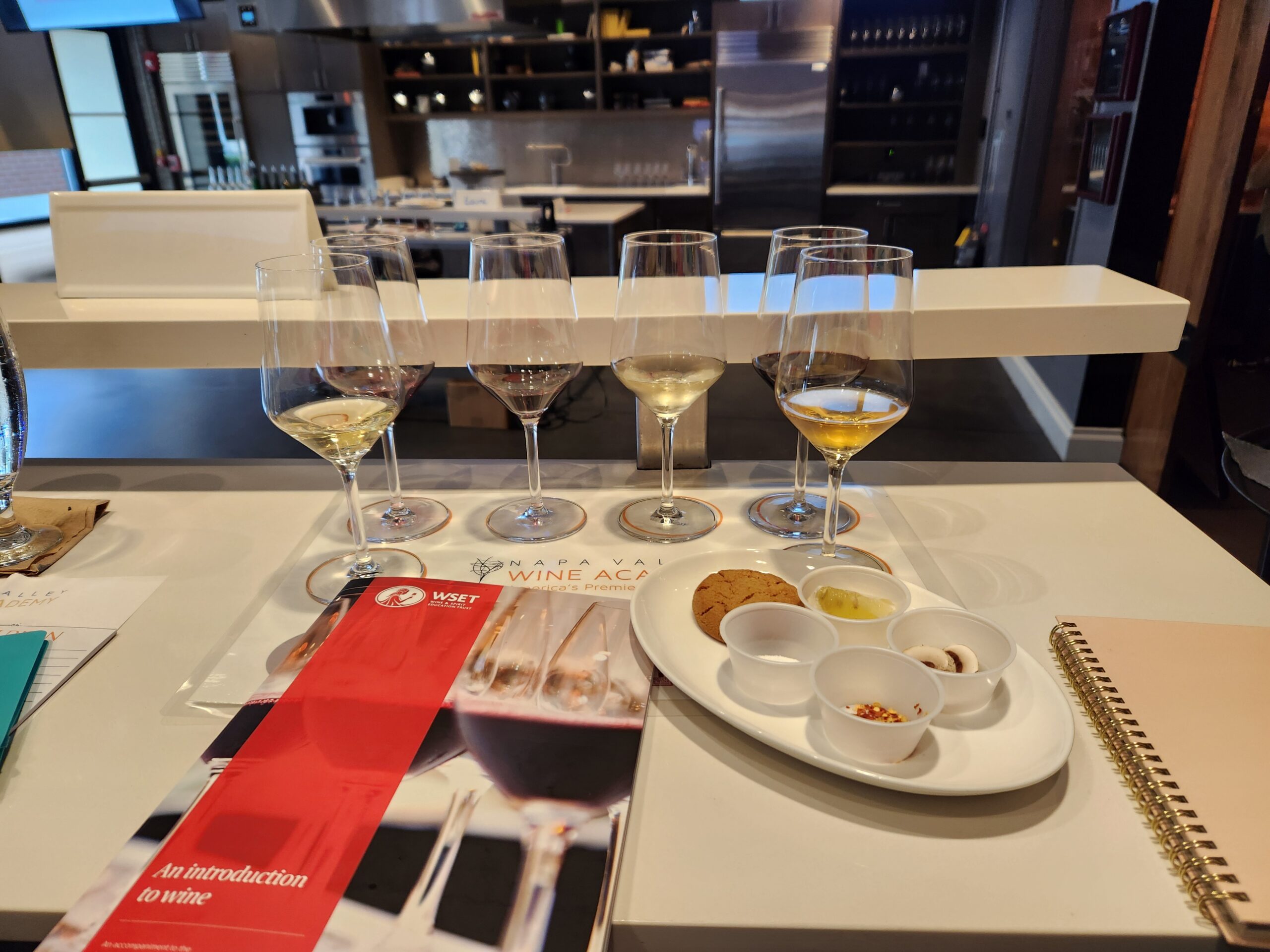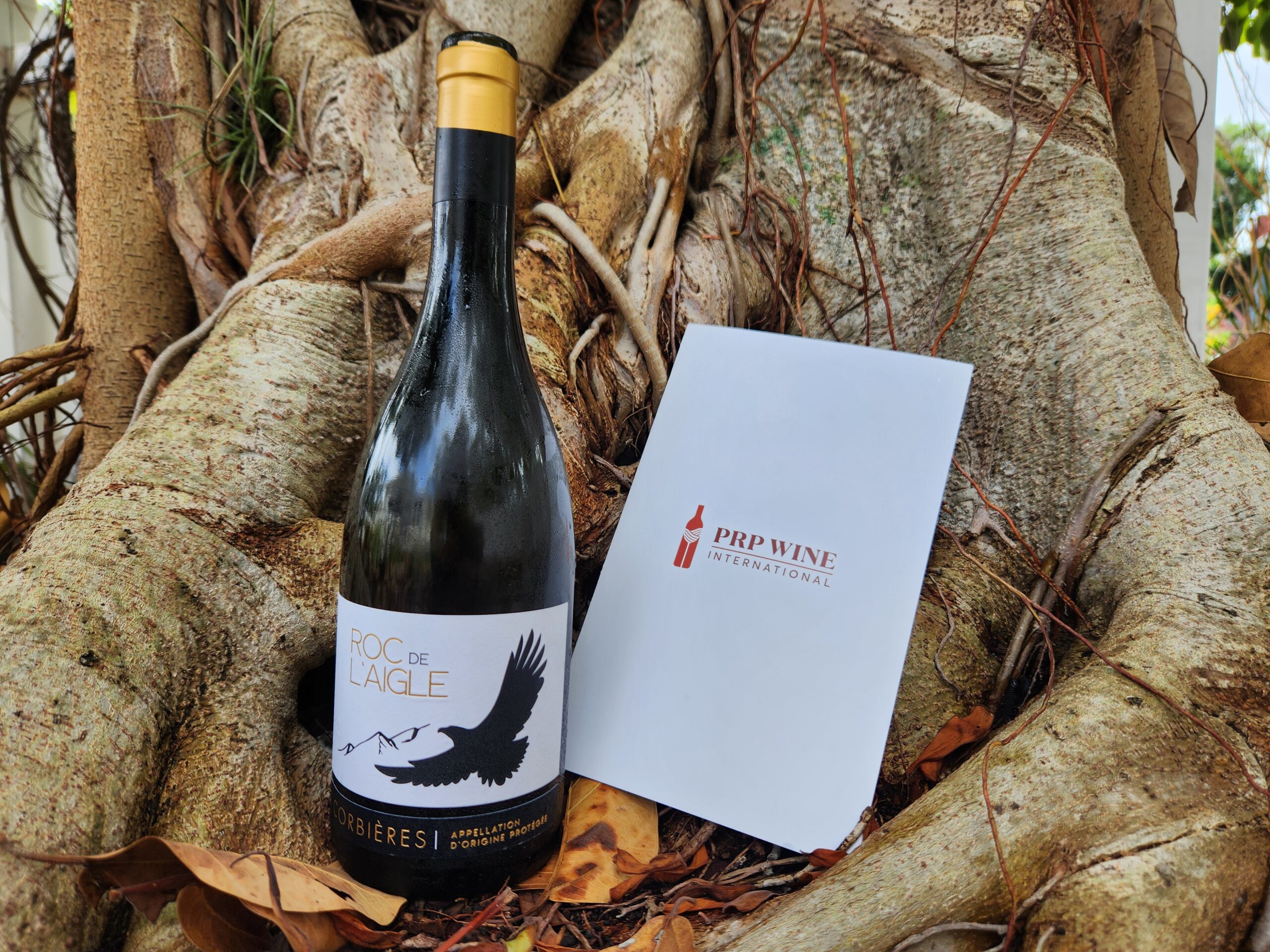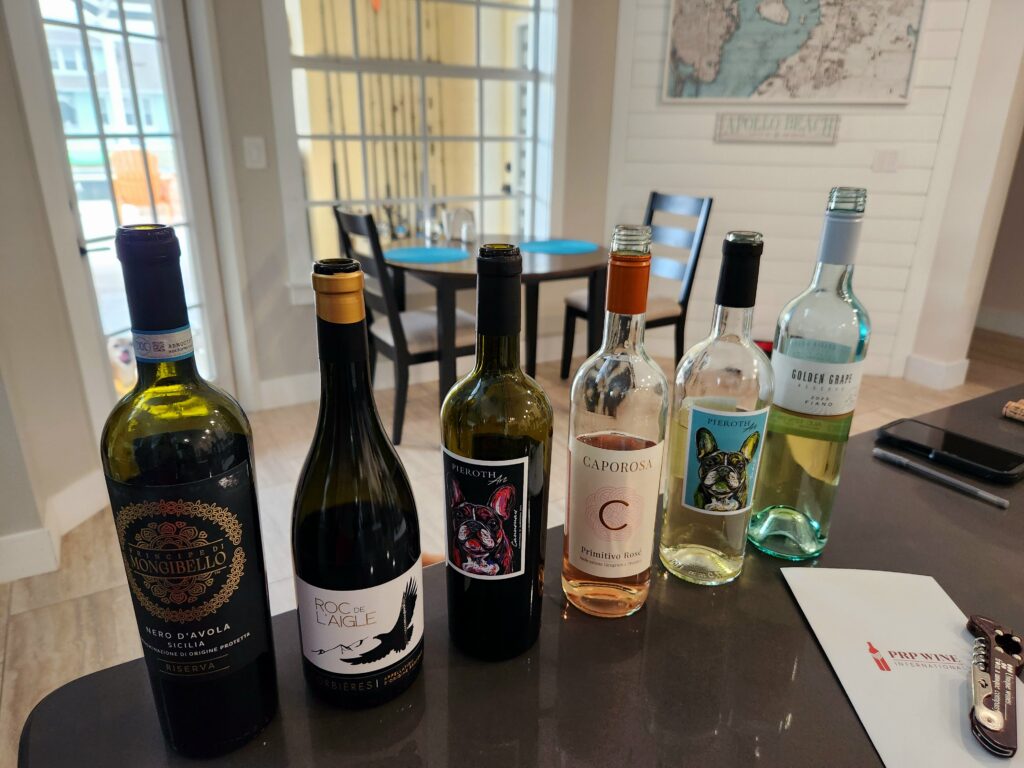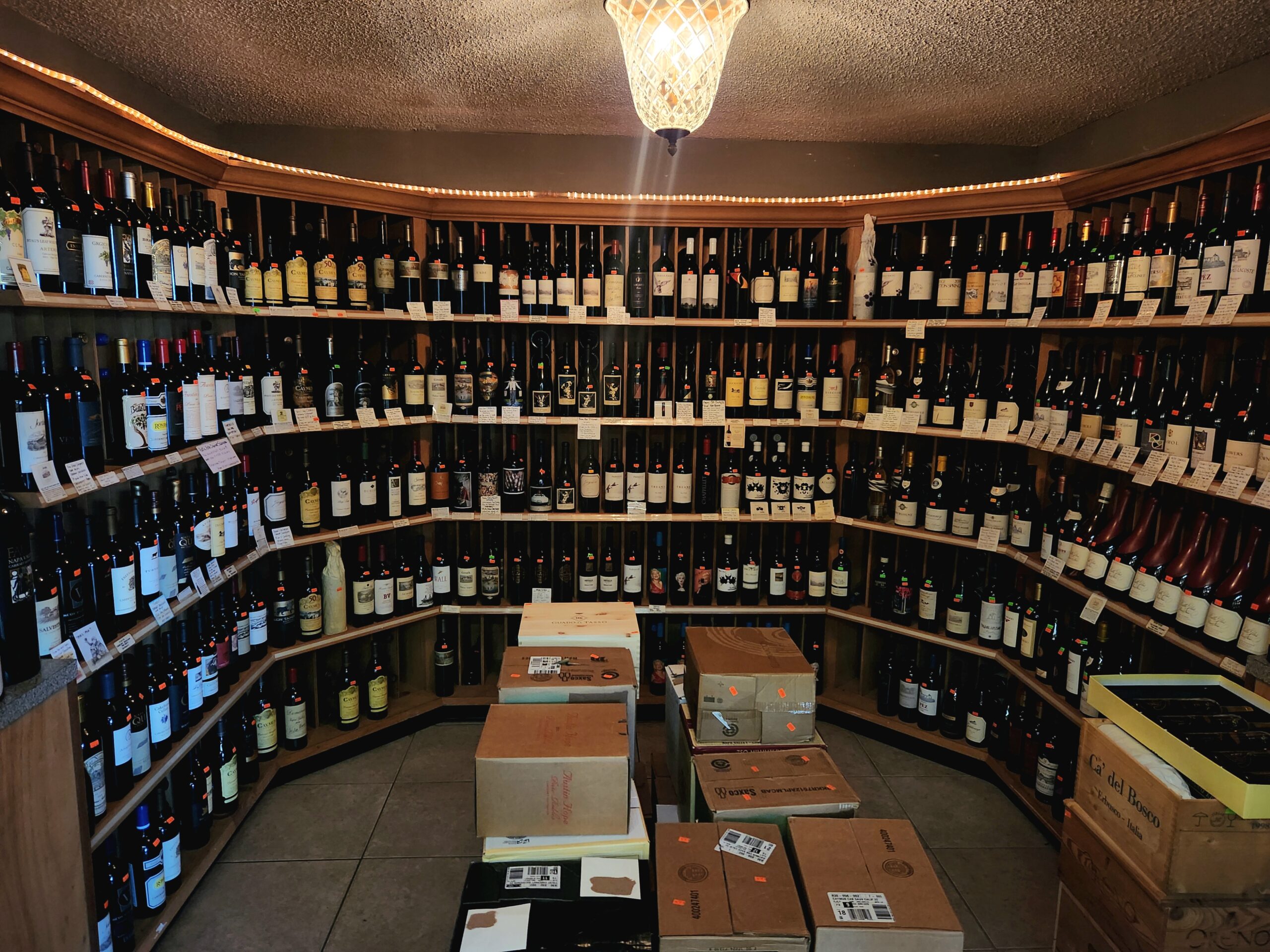Held at the Epicurean Hotel in Tampa, this one-day course is a structured, approachable way to begin your wine journey.
Introduction
If you’re curious about wine and want a solid place to start, the WSET Level 1 Award in Wines is designed exactly for that. I took the one-day course with Napa Valley Wine Academy in June 2025 at the Epicurean Hotel in Tampa, and this is what the experience was like, from class structure and tasting exercises to the exam at the end.
Table of Contents
Course Overview
Name
WSET Level 1 Award in Wines In-Person Tampa
Location
📍 Epicurean Hotel, 1207 S Howard Ave, Tampa, FL 33606
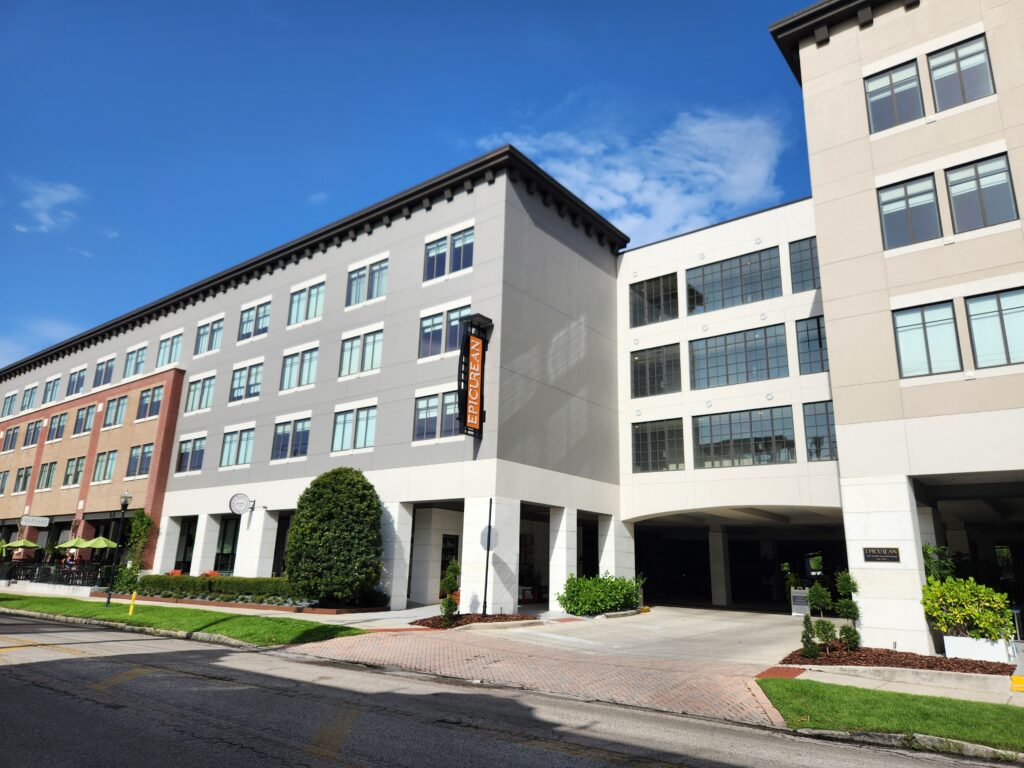
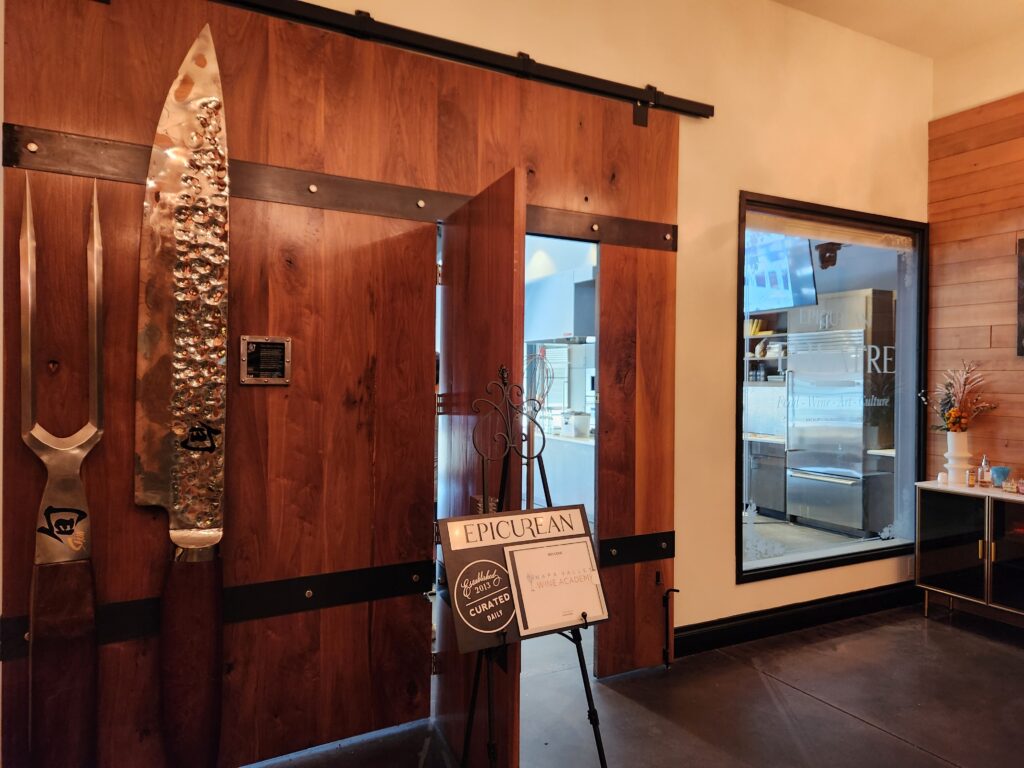
The course was held in the Theatre Room at the Epicurean Hotel, a boutique property in South Tampa’s Hyde Park district. Valet parking was included with registration, and the classroom was easy to find just off the main lobby.
Provider
Napa Valley Wine Academy (Tampa satellite since 2014)
Cost
$423*
*As of June 2025
Format
One-day intensive course:
- 10:00am – 5:00pm (with the exam starting around 4:00pm)
- Six hours of coursework, 45-minute exam
Lunch Options
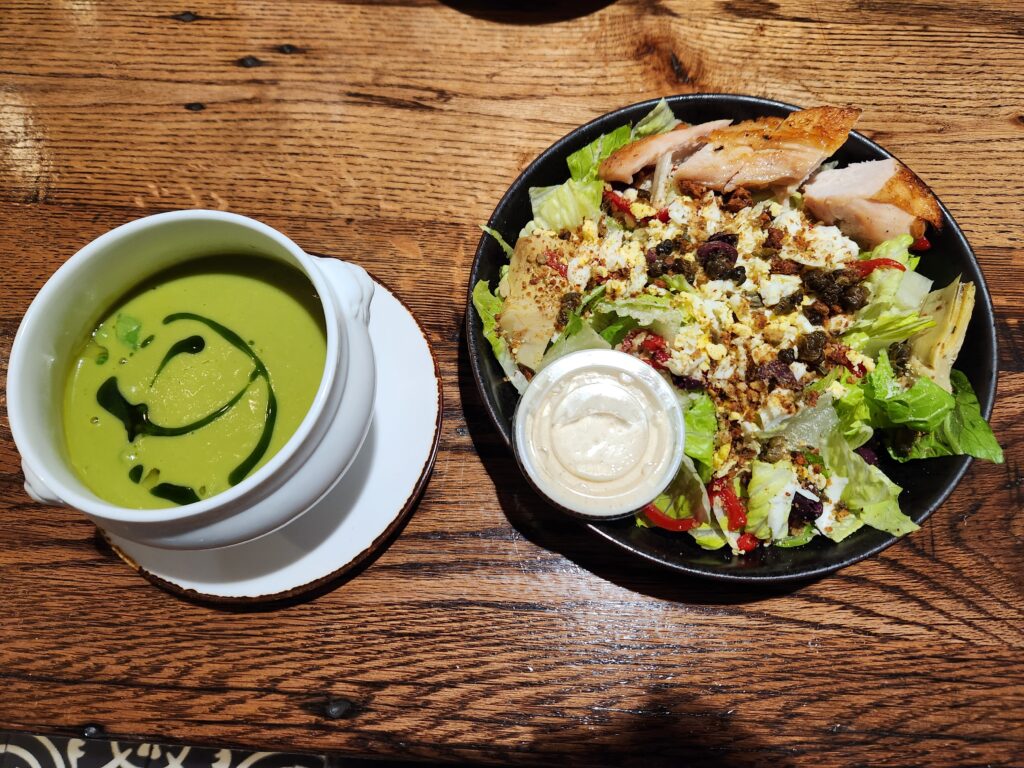
Lunch was included and served by the hotel. Options included falafel and hummus, pea soup, a Mediterranean Caesar with chicken, and a smashburger with fries.
Course Content
What’s Covered
Morning
- Session 1: An Introduction to Wines
- Session 2: Understanding the Systematic Approach to Tasting (SAT)
Lunch Break (45 minutes)
Afternoon
- Session 3: Storage and Service
- Session 4: Food and Wine Pairing
- Mock Exam
- Final Exam (30 multiple-choice questions)
Materials Provided
- Pre-course digital PDF
- Course booklet and tasting grid (given on-site)
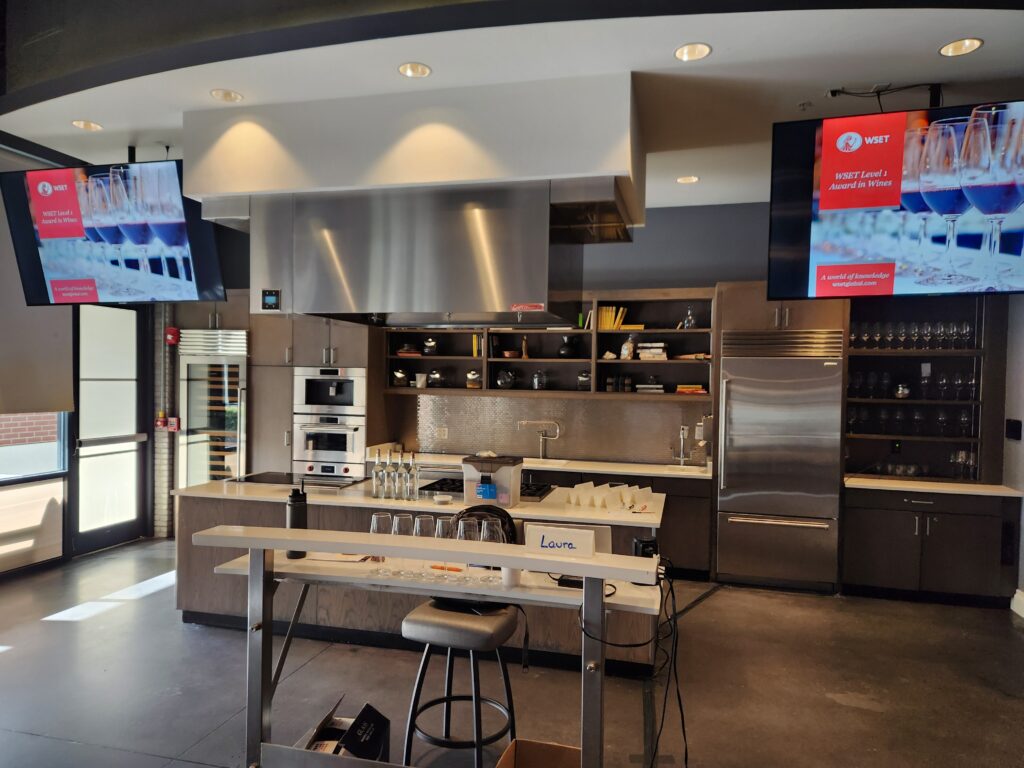
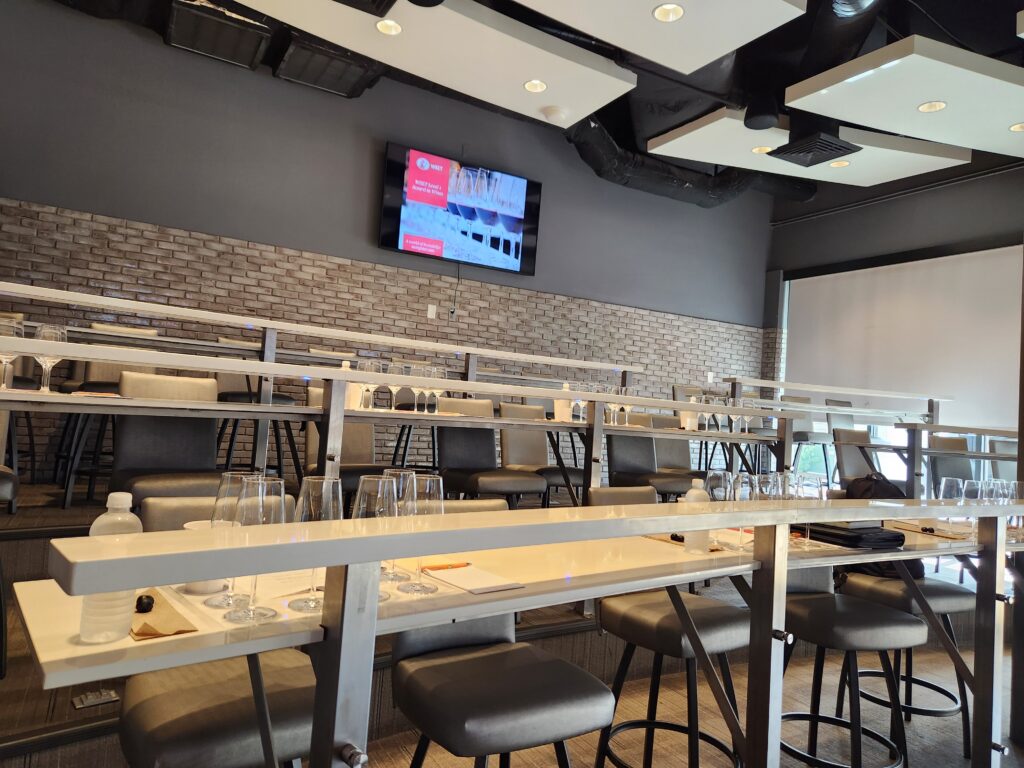
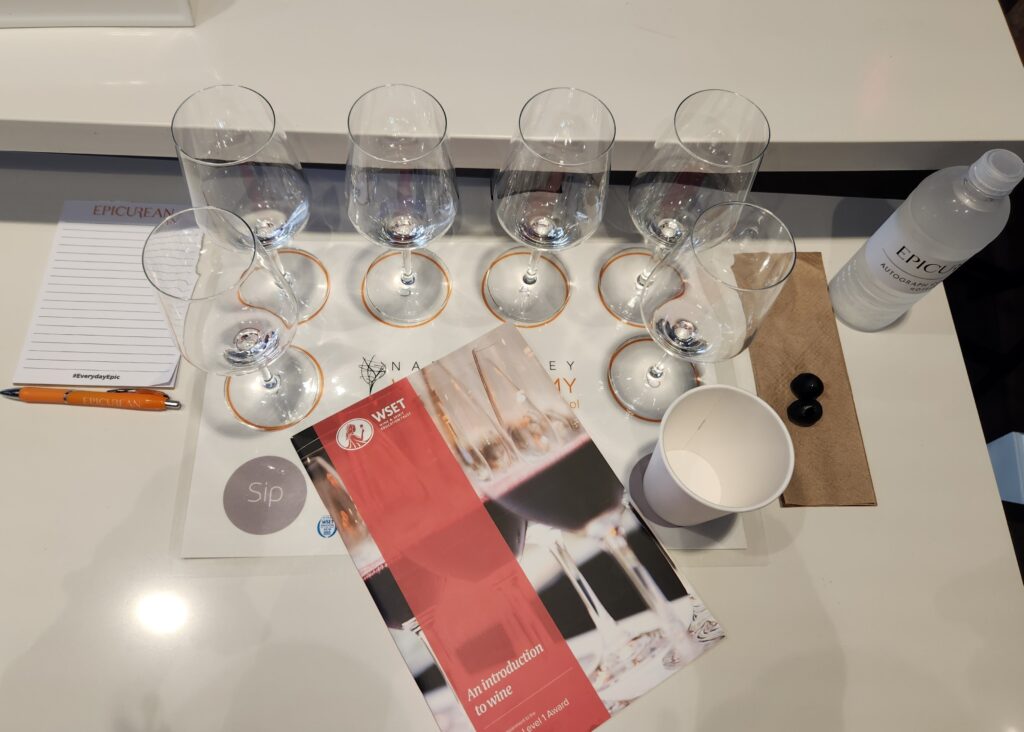
Wines Tasted
Throughout the day, we tasted eight wines representing a range of grapes, styles, and regions, beginning in the late morning. You’re not expected to drink every pour, and in fact, it’s not recommended. A spit bucket is provided at each table, and I made use of it consistently. It helps keep your palate sharp and your focus clear, especially with the exam scheduled later in the day.
- Whites:
- Pinot Grigio (Veneto, Italy)
- Riesling (Mosel, Germany)
- Sauvignon Blanc (Marlborough, New Zealand)
- Pouilly-Fuissé Chardonnay (Burgundy, France)
- Reds:
- Pinot Noir (Willamette Valley, Oregon)
- Cabernet Sauvignon (Napa Valley, California)
- Shiraz (Australia)
- Sweet Wine:
- Sauternes (Bordeaux, France)
A Standout Moment

One moment that stood out: a food pairing exercise where we tasted how umami, sweetness, and spice can shift a wine’s profile. It was a practical, sensory way to understand concepts that could otherwise feel abstract.
Class Atmosphere
Student Mix
The group was a blend of industry professionals and casual wine enthusiasts, including a few students exploring wine for future retirement plans or personal enrichment.
Vibe in the Room
The tone was relaxed but focused—questions were encouraged, and no one was made to feel out of their depth. Students were engaged, taking notes, sharing impressions during tastings, and chatting during breaks.
Pacing & Participation
The pace was steady and structured, with natural pauses built in for discussion and tasting. It never felt rushed, but the one-day format kept things moving. Participation was low-pressure; students could speak up during tastings or simply listen and follow along. Throughout the day, mini quiz questions were presented on the TV screens to reinforce key concepts, with students calling out answers as a group.
Instructor Spotlight: Laura Tamayo
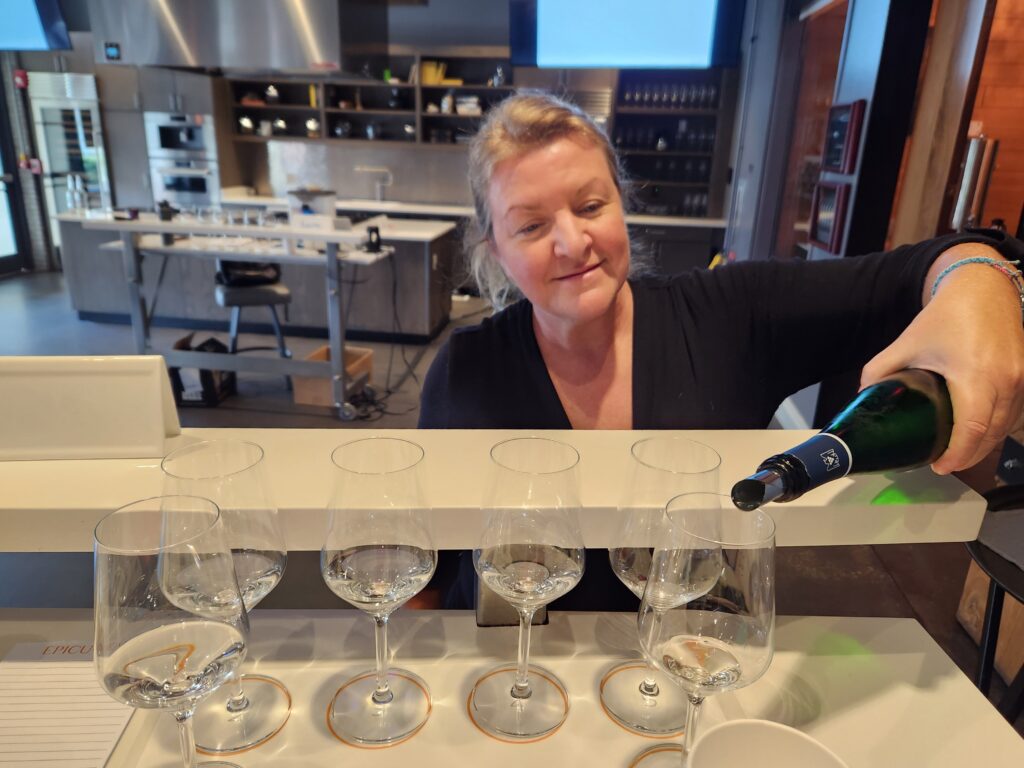
Laura Tamayo was approachable, friendly, and highly knowledgeable. She encouraged questions and kept the class engaging and accessible. She holds the WSET Diploma (DipWSET) and recently completed the Italian Wine Ambassador program through the Vinitaly International Academy. She’s also involved with the recently opened wine bar in Downtown St. Pete, Savoir on Central.
Read more about Savoir’s wine club here.
One memorable teaching moment was her personal method for assessing acidity in wine:
“I count to five. I drink a little bit of wine, immediately tilt my head forward, and count to five to see how long it takes my mouth to stop salivating. The longer it takes, the higher the acidity is to me.” — Laura Tamayo, DipWSET
It was a simple, sensory-based trick that made a technical concept click.
The Exam
The test was approachable, especially if you:
- Reviewed the pre-course materials in advance.
- Used the WSET 1 textbook during the lecture to follow along with the slides instead of over-notetaking.
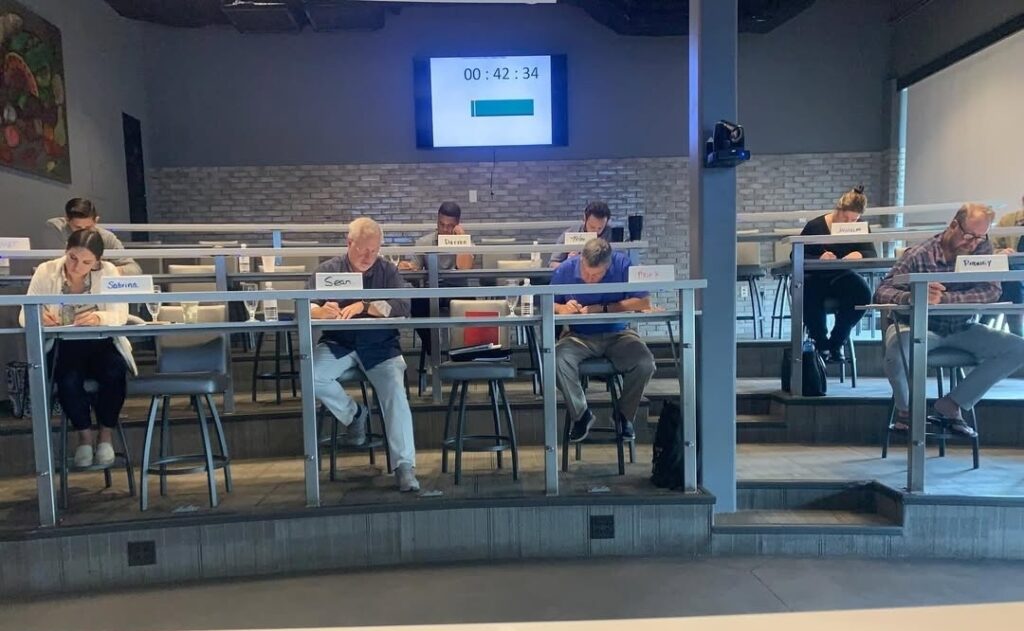
The exam is closed-book, so no materials or notes are allowed during the test. You don’t need to memorize every detail ahead of time, but skimming the pre-course material will help you stay engaged in class and feel ready for the exam.
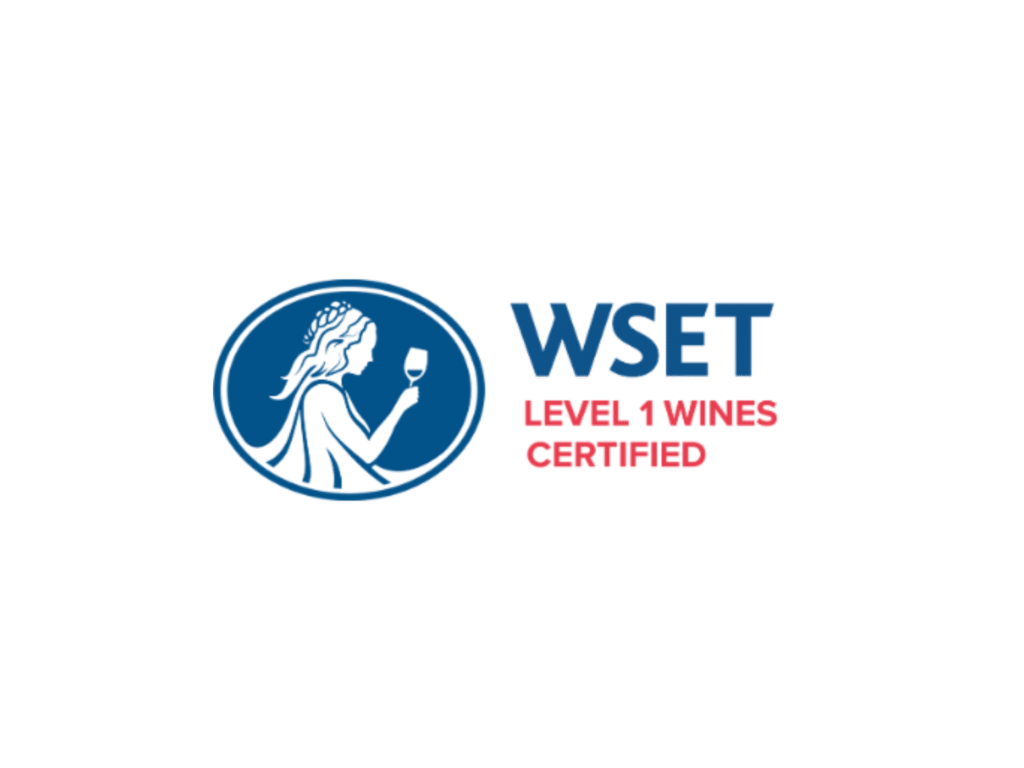
To pass, you’ll need a score of 70% (21/30 correct). Results are released about two to three weeks after the test. My results came back within 18 days (I passed!).
If you pass, you’ll receive the WSET Level 1 Award in Wines certification. WSET will email you a link to claim your digital certificate through Accredible. To access it again later or download your badge, you’ll need to set up an Accredible account after claiming the certificate.
Takeaways
Was It Worth It?
At $423, the course is a bit of an investment, but it delivers a structured, approachable introduction to wine with a globally recognized certification. Whether you’re starting from scratch or brushing up before WSET Level 2, it gives you tools to talk about wine with more confidence.
Level 1 can be completed with just a few hours of focused prep and a day of class, and sets the foundation for deeper study if you choose to continue. It’s ideal for beginners, casual wine lovers, or those exploring a future in hospitality or retail.
Who This Course Isn’t For
If you already have a solid foundation in wine, or have completed WSET Level 2 or beyond, this course may feel too basic. You can skip Level 1 entirely and enroll directly in Level 2 without needing prior certification.
Final Thoughts
This course was absolutely worth it for me. It offered a clear framework, hands-on learning, and a great introduction to formal wine study.
It’s a great fit for wine enthusiasts, hospitality professionals, or anyone curious about wine education.
If you’re interested in learning more or signing up, you can find upcoming WSET courses at napavalleywineacademy.com.
Planning to continue? I’ll be writing about WSET Level 2 next—stay tuned.

